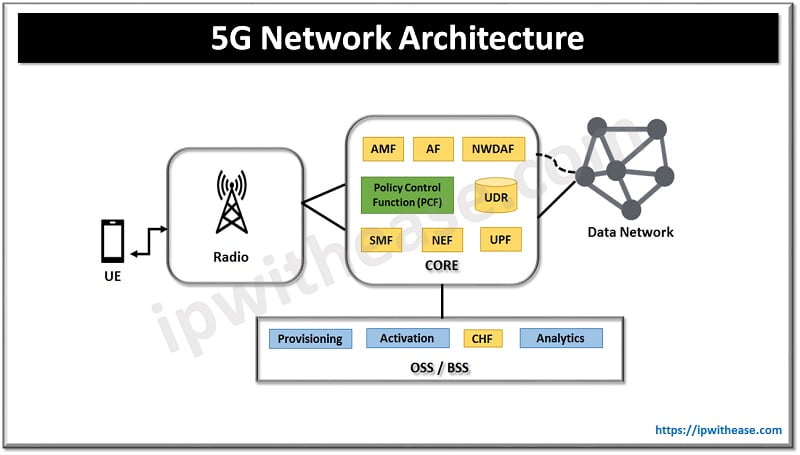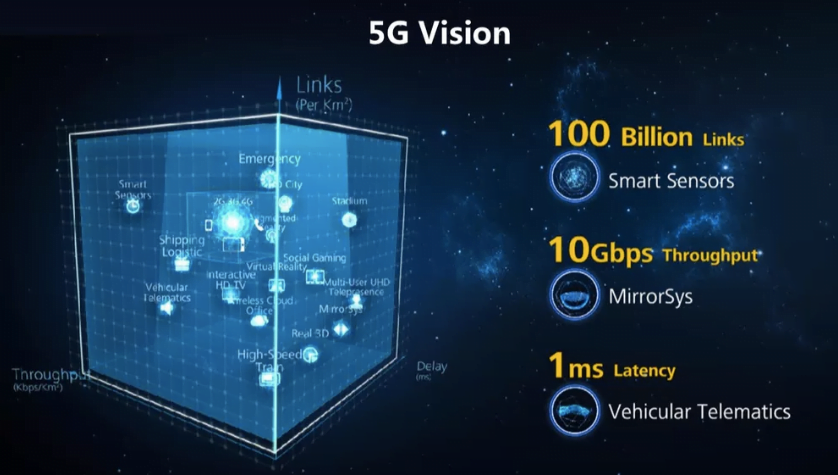Table of Contents
With 4G systems being deployed across the Globe, all eyes are on development of 5G technology. The new 5G technologies will need to be chosen developed and perfected to enable timely and reliable deployment. The new 5th generation, 5G Mobile technology for cellular systems will probably start to come to fruition around 2020 with deployment following on afterwards.

What is 5G Technology?
So, it’s time to understand what 5G Mobile technology really is –
5G is the coming fifth-generation wireless broadband technology based on the IEEE 802.11ac standard. It will provide better speeds and coverage than the current 4G, operates on 5 GHz signal and offers speeds of up to 1 Gb/s for tens of connections.5G is a packet switched wireless system with wide area coverage and high throughput.5G wireless uses OFDM and millimeter wireless and is going to be a packed based network.
Related- 5G vs Fiber
Below diagram shows the vision of Huawei, One of the leading telecom Giants in Global Market

To meet the preceding requirements, 5G Mobile technology should have the following performance advantages over existing mobile communication technologies:
- 100 billion connections
- 1 ms latency
- 10 Gbps throughput
According to the GSMA to qualify for a 5G a connection should meet most of these eight criteria –
- One to 10Gbps connections to end points in the field
- One millisecond end-to-end round trip delay
- 1000x bandwidth per unit area
- 10 to 100x number of connected devices
- (Perception of) 99.999 percent availability
- (Perception of) 100 percent coverage
- 90 percent reduction in network energy usage
- Up to ten year battery life for low power, machine-type devices
Benefits of 5G Mobile Technology
5 G Mobile technology will benefit the end users in following ways –
Faster Data Speeds
Currently, 4G networks are capable of achieving peak download speeds of 1 Gbps. With 5G, this would increase to 10Gbps.
Ultra-low Latency
Currently with 4G, the latency rate is around 50 milliseconds, but 5G will reduce that to about one millisecond. This will be particularly important for industrial applications and driverless cars.
Connected World
The Internet of Things (wearables, smart home appliances, connected cars) is expected to grow exponentially over the next 10 years, and it will need a network that can accommodate billions of connected devices. 5G is designed to cater this capacity, and also to be able to assign bandwidth depending on the needs of the application and user.
To understand how 5G technology differs from 4G technology in terms of technical specifications and services available, please go through our blog on 5G vs 4G
ABOUT THE AUTHOR

You can learn more about her on her linkedin profile – Rashmi Bhardwaj



